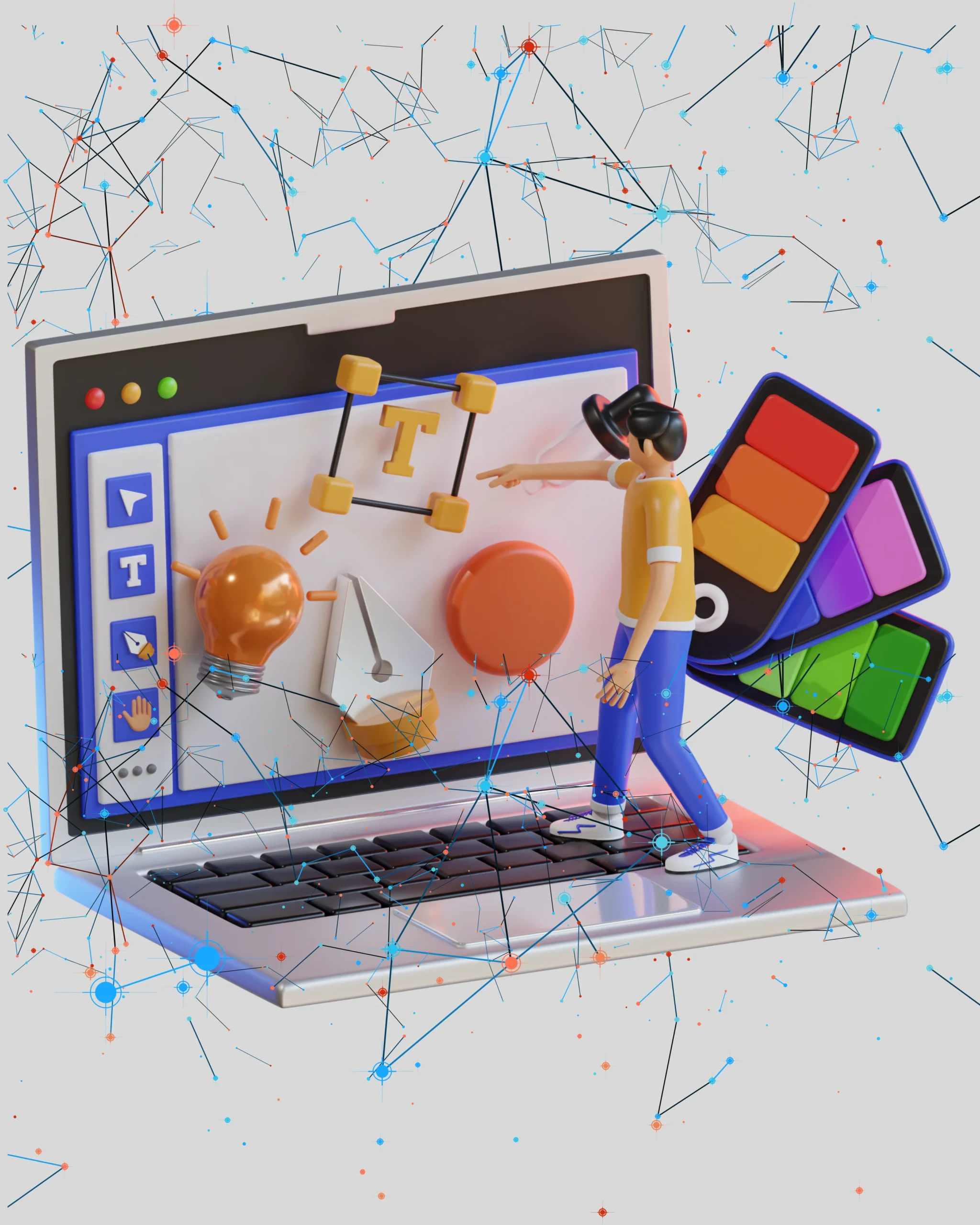
Recharge up plans
Basic plan
₹245.00/- SAVE ₹50/-
One Time Pack
2 (poster) 2 (dizzine) 1 poster free cd = 49/5 (po01)
- 2 posters with 2 designs and one poster free
- 1 time change
- 3 concepts + 1 revisions + JPEG, PNG & Printable file
Iconic plan
Most popular
Monthly Packages
30 (poster) 2 (dizzine) 1 Brand Style cd = 49/30 (po02)
- 30 posters with 2 designs and 1 Brand Style
- 2 time change
- 30 posters + 2 revisions + 1 Brand + JPEG, PNG & PDF
- 35 free + 3 revisions + 2 brand identity + JPEG , PNG & PDF
And 24 × 7 support
Prime plan
₹19600.00/- SAVE ₹9600/-
Annual package
Unlimited posters plan 365 (poster) 2 (dizzine) 2 Brand Style cd = 49/365/35 (po03)
- 365 poster with 35 poster free 2 designs and 2 Brand Style
- 3 time change
- Unlimited posters plan 365
- 35 free + 3 revisions + 2 brand identity + JPEG , PNG & PDF
And 24 × 7 support
Graphics and design related services
Frequently Asked Questions about Graphics & Design (FAQ)
what is Graphics and design ?
Graphics and design refer to the creative process of visual communication and artistic expression through the use of various visual elements, tools, and techniques. It encompasses a wide range of disciplines and applications, including digital and traditional media, print, web, advertising, branding, animation, and more. Graphics and design are crucial in conveying messages, ideas, and concepts to a target audience in a visually engaging and effective manner.
Key aspects of graphics and design include “
- Visual Elements: Graphics and design involve the use of various visual elements such as lines, shapes, colors, typography, textures, and images to create aesthetically pleasing and meaningful compositions.
- Communication: Design is a powerful tool for communication. It helps convey information, emotions, and messages to the audience. Designers use their skills to make complex ideas easier to understand and more accessible.
- Aesthetics: Aesthetic considerations play a significant role in graphics and design. Designers make deliberate choices regarding colors, layouts, and other elements to create visually pleasing and harmonious compositions.
- Functionality: Depending on the context, design can also prioritize functionality and usability. User interface (UI) and user experience (UX) design, for example, focus on creating interfaces that are intuitive and easy to navigate.
- Branding and Identity: Graphics and design are essential for establishing a brand’s visual identity. Logos, packaging, and other design elements help create a recognizable and memorable brand image.
- Digital Media: With the advancement of technology, graphics and design have expanded into the digital realm. Digital media design involves creating visuals for websites, social media, mobile applications, and other digital platforms.
- Print Media: Traditional print design includes creating visuals for items like brochures, posters, magazines, and business cards. Designers need to consider factors such as layout, resolution, and color accuracy for printed materials.
- Animation and Motion Graphics: Animation involves creating moving images and visual effects, often used in videos, films, advertisements, and interactive media. Motion graphics combine design elements with animation to convey information or enhance storytelling.
- Software and Tools: Designers use various software tools such as Adobe Creative Suite (Photoshop, Illustrator, InDesign), CorelDRAW, Sketch, and others to create, manipulate, and enhance visual elements.
- Creativity and Innovation: Graphics and design encourage creativity and innovation. Designers often push the boundaries of traditional techniques to create unique and compelling visual experiences.
what is graphics Designers ?
graphics and design are integral to our visual culture and have a profound impact on how we perceive and interact with the world around us. Designers play a crucial role in shaping our experiences through their creative and artistic skills.





